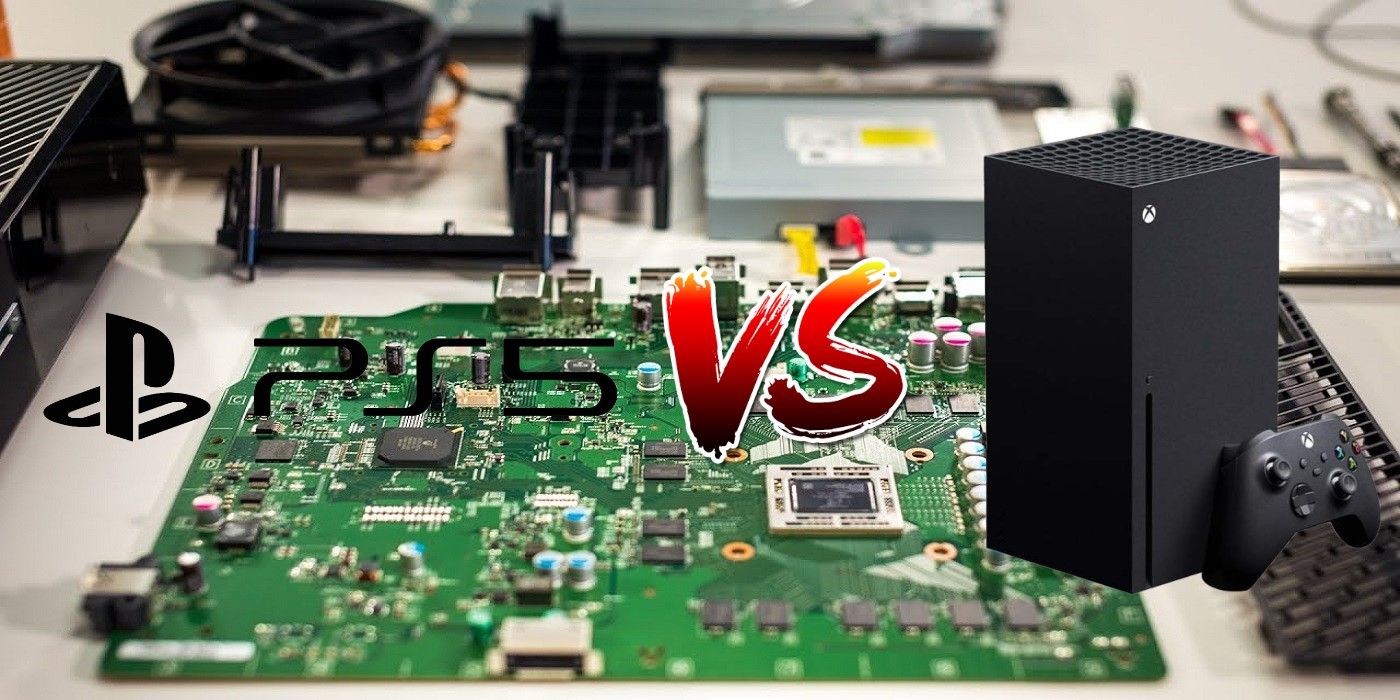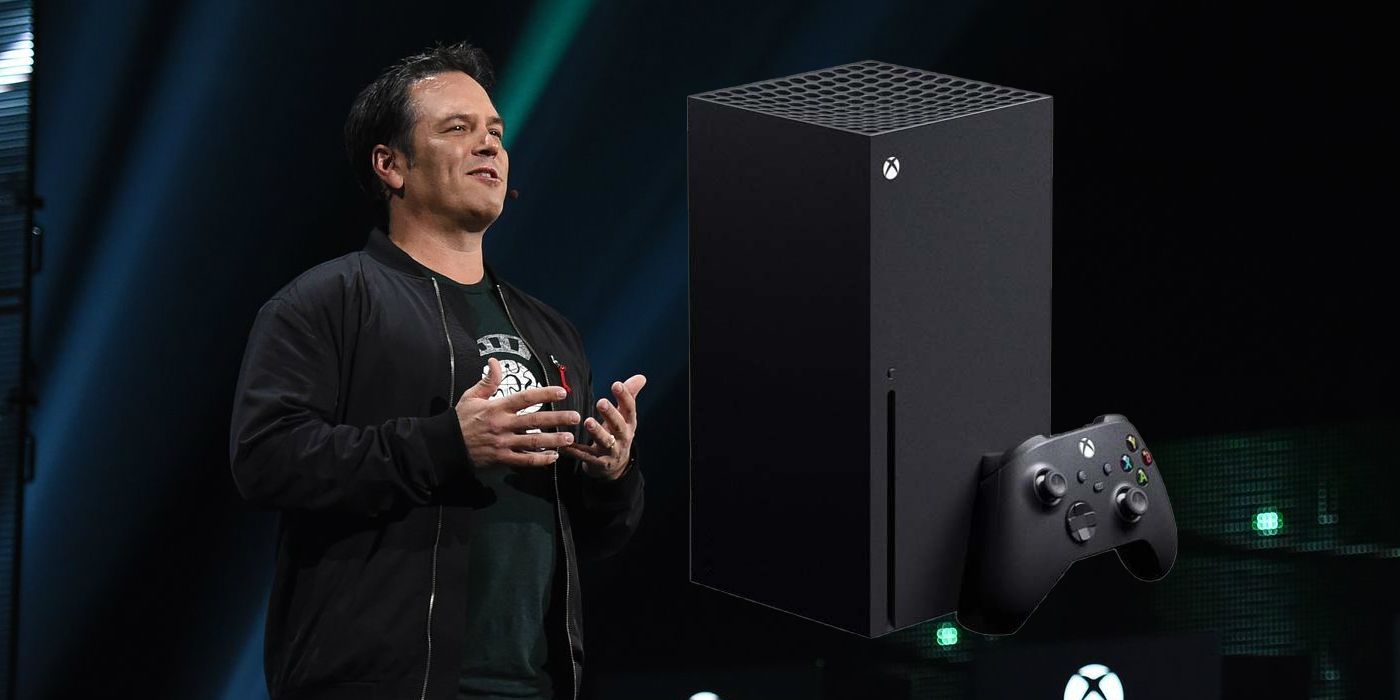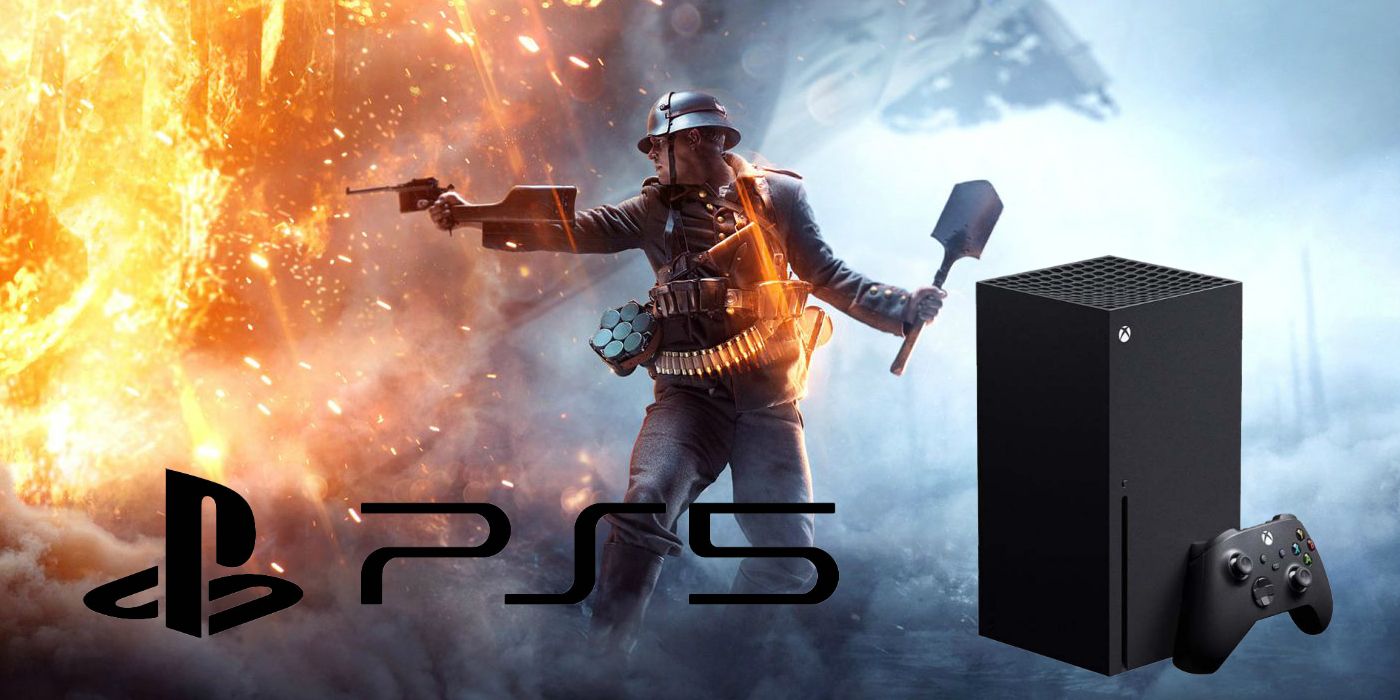New consoles will be here by the end of the year, and that means that there will be a new standard for gaming performance above and beyond the limits set by current mainstream hardware. As much as new consoles will enable another level of complexity in game design, they also will set the de-facto upper limit for video game technology for several years to come. Any developer who wants their product to be available to as many consumers as possible will need to make sure their game runs on the next generation of consoles for the foreseeable future.
With that in mind, the capabilities of next generation consoles are extremely important. They give a sense of just how much innovation gamers can expect over the next console life cycle. There have been plenty of leaks about the specs of next gen consoles, rife with speculation and big-sounding performance numbers, but numbers don't mean much without a discussion of what tangible differences they will make.
Next-Gen Hardware
The next generation of console hardware, is, as usual, uncanny in its uniformity. Both the Xbox Series X and the PlayStation 5 will have custom-built processors made in partnership with AMD. While each manufacturer's processors are being made through separate agreements, they both will have 8 CPU cores based on AMD's popular Zen 2 7-nanometer process, with simultaneous multi-threading enabled. If that sounds like a load of techno-babble, it essentially means that the main processor for both consoles will be a big, identical leap over the last generation in both processing power and efficiency.
8 CPU cores and simultaneous multi-threading enables developers to take full advantage of much more processing power at once. The CPU cores in the consoles will have much lower clock speeds and performance than the very popular AMD desktop CPUs based on the same manufacturing process, but they will share the high efficiency and cost-effectiveness that allowed AMD to shake up the desktop CPU market last year. What this better computing actually means for in-game performance will be discussed after a full rundown of the other specs and features.
Unlike a typical desktop PC, consoles are focused entirely on games, which allows them to consolidate their hardware features for optimal cost-efficiency. As such, the graphics processors and CPUs for next gen consoles are not separate from each other. In both consoles, the CPU and GPU will be integrated into a single unit, much like the low-end integrated graphics available in budget-oriented desktop CPUs. The integrated graphics in consoles are much more powerful though, because of their singular focus on gaming performance.
The graphics in next-gen consoles are both based on AMD's recent Navi graphics units, which aren't nearly as impressive as their processors, but still offer plenty of performance. Speculation runs rampant about how many compute units each will have, but they will undoubtedly be nearly identical. As of now, information about the power of next-gen console graphics units is not enough to easily compare with current Navi graphics cards for the PC market. Leaks indicate that the PS5's graphics processor can surpass an RTX 2070, a high-end GPU, in computing power, but there are a few issues with that direct comparison. Many neglect to take into account that sheer computation power does not directly indicate graphics performance, while also forgetting that on next gen consoles the CPU and GPU are integrated and will share system RAM, unlike a PC graphics card.
At the very least, system RAM for both consoles will be a major upgrade, with both systems rumored to have 16GB of GDDR6 RAM, a very fast form of memory typically reserved for graphics cards. With higher RAM capacities and faster speeds, each system will be able to run far more simultaneous processes than previous generations. At the same time, both consoles are confirmed to have high speed solid-state storage, which will be a huge leap forward in load times and many other aspects of performance. Going from a traditional hard drive to a high-speed SSD can improve load times to an incredible degree, but can also be leveraged to improve other areas of performance as well as giving far more control over storage use and better reliability.
Next-Gen Features
Next gen hardware will definitely be a big improvement, but it will not be a massive leap. However, the new features that will be introduced in the next consoles are what gamers should really be excited about. Both consoles promise the potential for 8K video output, high frame rates up to 120hz, and extended backwards compatibility. This does not mean that any games will be playable at 8K, it simply means that the consoles can output a pre-rendered 8K video to a TV. Likewise, 120hz is unrealistic for anything other than low-requirement games like esports titles. 4K gaming is a possibility at lower framerates, but the most beneficial performance improvement will be frame rates of at least 60hz at standard resolutions. Higher resolutions don't make a huge difference in gaming, but the leap from 30 to 60+ frames per second makes worlds of difference in responsiveness and smooth visuals.
Ray tracing has been teased for both consoles, but the extent to which it will be implemented is questionable. Even very high-end hardware has limited ability to make real-time ray tracing anything more than a gimmick. Meanwhile, even the desktop Navi GPUs that console graphics will be based on do not offer any ray tracing whatsoever. Where ray tracing does have significant promise is in its potential to improve sound design, AI computing, and other aspects of game design. If AMD is going to reveal ray-tracing capability in next gen consoles, it will likely not be a significant factor in how good games look. Rather, its benefits will be tangible elsewhere, depending on how developers leverage the technology.
With the combination of ray tracing and extreme 3D audio improvements teased for the PlayStation, the biggest shifts in next gen consoles may well come from sound design. The other major improvement will likely be in backwards compatibility. The Xbox Series X is slated to be compatible with Xbox One hardware and offer backwards compatibility with games from all previous generations. PlayStation fans may finally get the backwards compatibility that they crave, with confirmed PS4 compatibility. However, some leaks and rumors suggest that the console may have backwards compatibility with games from even older generations baked into the hardware. The ability to play PS2 games on a modern console would be a huge deal for nostalgic gamers everywhere, but we can only hope for more information to come.
PSVR has also been rumored to be carried forward into next gen, while no such announcement has been made for the Xbox. VR is gaining more traction and feasibility as time goes on, so keeping an eye on VR for consoles will surely be interesting to say the least. Microsoft has not made their play yet, likely because they have PC space to work with, but they would be foolish not to make a move on console VR sooner or later.
Next-Gen Performance Breakdown
What does all of this ultimately mean for next generation performance? In short, the technological leap will not be anything particularly revolutionary. No one should expect performance only seen on high-end PCs at a $400-$500 console price-point. However, the steps that are being taken will provide, crucial, basic quality of life improvements. The gap between 30 and 60 frames per second is huge, and the potential for even higher frame rates in some games is nothing to sneeze at when it comes to consoles. The availability of higher resolutions is not nearly as big a deal, but it is a step in the right direction.
Graphics in next-gen consoles will not improve enough to blow people's minds. Instead of huge graphical improvements, gamers should expect quality of life improvements in the form of better sound design, faster load times, and more bandwidth for complex processes like AI calculations, multitasking, long render distances, and high numbers of assets/objects on-screen at a time. Developers will have much more computational power to work with alongside much faster SSD storage, and games will feel much quicker and smoother as a result, even if their visuals do not make a huge leap.
Ultimately, the biggest improvements will be in features like backwards compatibility, cloud storage, VR support, hardware compatibility, subscription services, and more. The fact of the matter is that the price point, form factor, and features of a console are what move units, rather than huge technological innovation. The real technological improvements in these consoles will come in the form of solid state storage, sound design, compatibility, and versatility. The value of these improvements cannot be understated (they will improve quality of life far more than any graphics upgrade) but they typically do not garner the same attention as big shiny buzzwords like 8K, ray-tracing, and 120FPS.
Both the PlayStation 5 and Xbox Series X are set to launch in late 2020.




